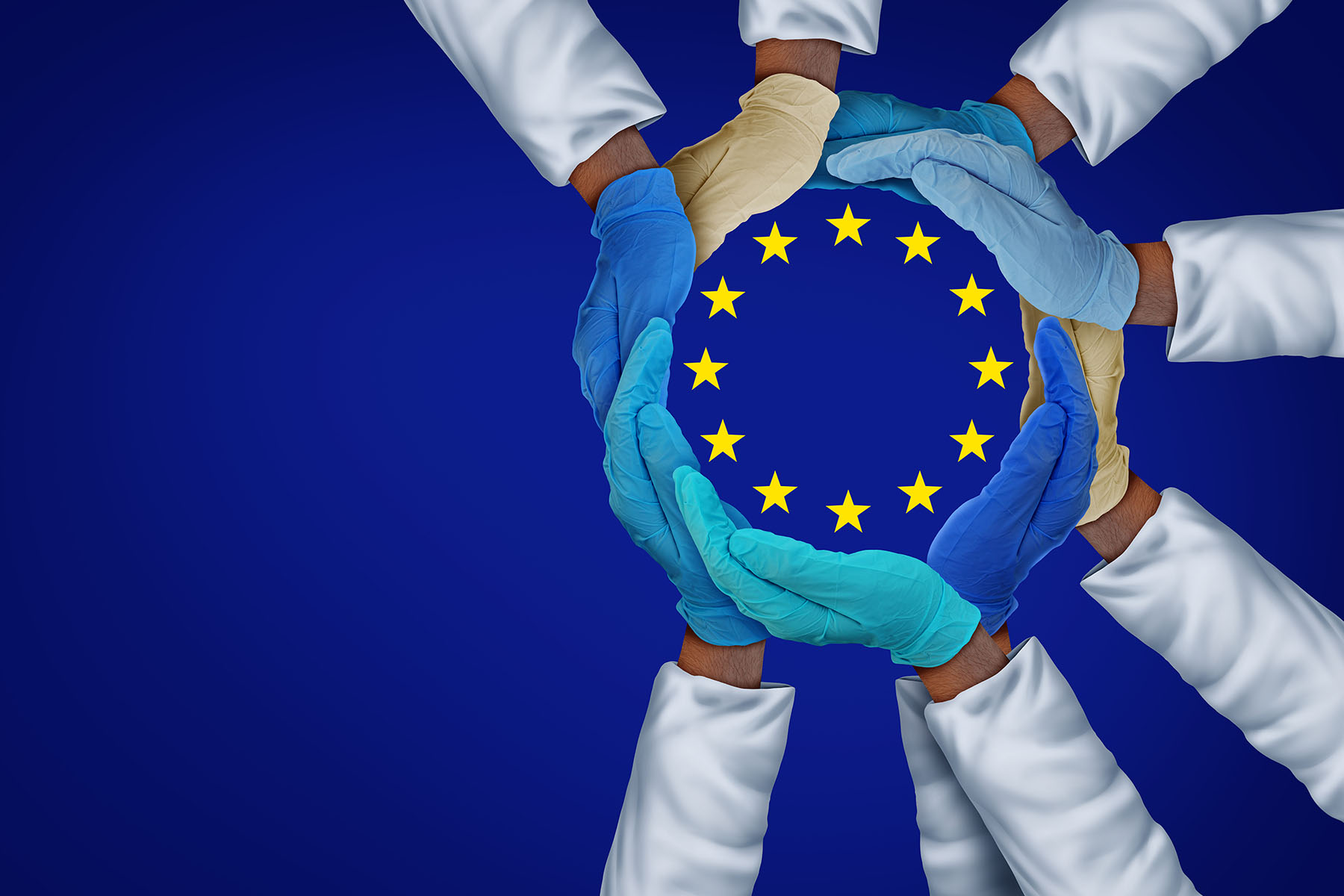Across Europe, pharmaceutical reps are struggling to get access to healthcare professionals. This problem was amplified by the pandemic but had been growing prior to that.
In conjunction with CMI Media Group’s international expansion beyond the United States, we conducted research and published a report in partnership with Medscape which delved into the media habits of physicians across the EU5 countries: France, Germany, Italy, Spain, and the United Kingdom.
Some of the questions we quizzed the physicians with focused on their thoughts around interactions with pharma reps. And the responses suggest an increasingly difficult future for the reps working in the EU5 markets.
A Dire Picture for Reps in Europe
Around half of the respondents, who work across eight different therapy areas, said they intended to see reps at a similar frequency as they did pre-pandemic, which we know was already in an historical decline. But alarmingly for reps, and the European marketing teams that rely heavily on their sales force to raise awareness of their medicines, a further 25% of physicians told us that they wanted to decrease how often they interacted with reps in the future.
When we looked at how physicians in specific countries responded, we noticed that even higher proportions of physicians intended to reduce their rep interactions in some key European markets. In France, 30% said they planned to decrease how often they saw reps and in Italy, 28% of physicians said the same.
The trend was generally similar across all therapy areas, but cardiologists and primary care physicians were the audiences most likely to say they are going to decrease their future rep meetings. And interestingly, female physicians wanted a reduction more often than their male counterparts. Thirty-two percent of female EU5 physicians plan fewer interactions moving forward, but in the United Kingdom that number was 39% and in France it was 40%.
In addition to the aforementioned historical decline in rep access throughout the continent and the sizeable numbers of physicians who said they planned to further reduce access, 75% of the respondents told us that they already face some kind of restrictions on how they are allowed to engage with a rep. Even those physicians who want to see reps often find they are limited to seeing them only on certain days of the week or during specific moments in a day.
The Growing Impact of Omnichannel in Europe
Ultimately, this means that EU5 Rx marketing teams must increasingly find other channels to reach their target healthcare professionals. Though uptake has been slow in some European markets, especially compared to the United States, an omnichannel approach is necessary. Uncovering different ways to leverage owned and paid channels to engage with and inform these prescribers will be critical for greater access, product awareness, and competitive positioning.
Fortunately, a lot of positive news is also coming out of our European research and the corresponding report. We know that healthcare professionals are engaging with an extensive range of channels which a pharmaceutical company can also use to reach them. And they are using these channels because the physicians genuinely find they are making their professional lives easier.
For example, 70% of our EU5 audience agreed that content available to them on digital resources such as Medscape was more valuable to them than a remote visit from a pharma rep.
Of course, not all of the channels the physicians are interacting with can be used for promotional purposes by marketing teams working on a prescription medicine. There are more restrictions on how medicines can be marketed across Europe and regulations often vary from one country to the next. So, at the forefront of any HCP media plan that marketers create internationally, it’s essential to ensure you are not inadvertently exposing a patient or a non-physician to prescription medicine advertising.
Our research reinforced that physicians are using multiple, varied channels in Europe. And these channels can be used for branded promotional activities or if not, then for unbranded disease awareness paid media campaigns. And furthermore, the type of content a physician is looking for often impacts how they prefer to receive that information. How an EU5 physician likes to discover new product information is typically different from the channels or platforms they are using for data on an existing medicine.
The report, which can be accessed here, features many more insights on the importance of an omnichannel approach for reaching EU5 physicians and actionable steps that should be taken to move forward with an omnichannel mindset.






